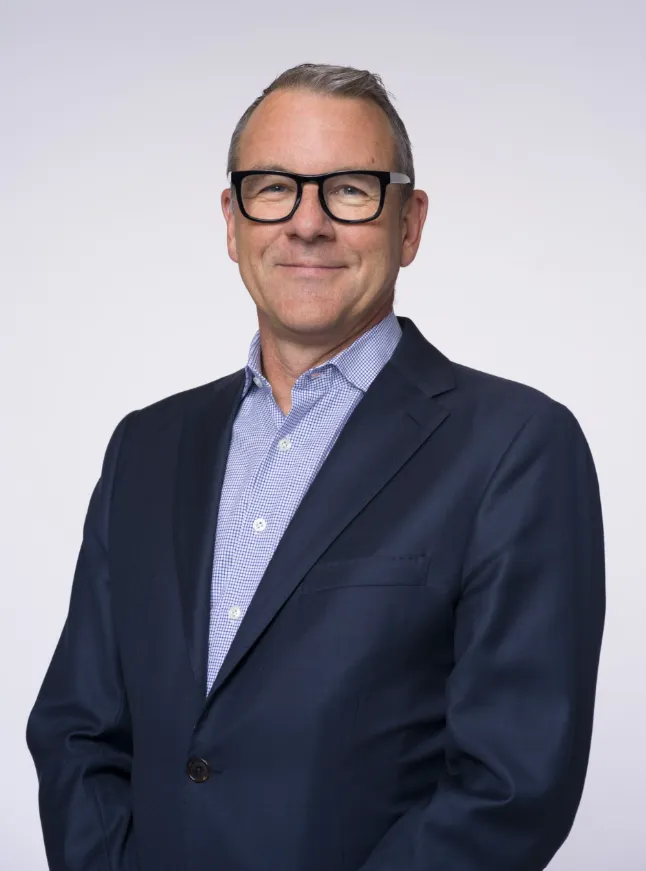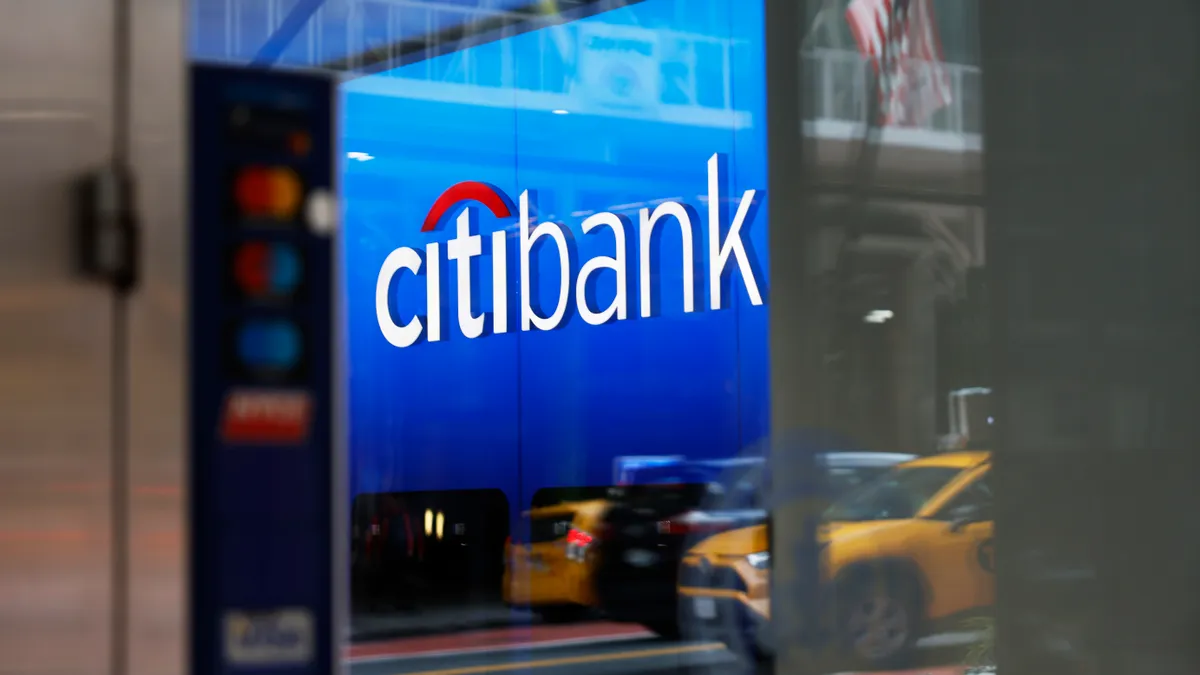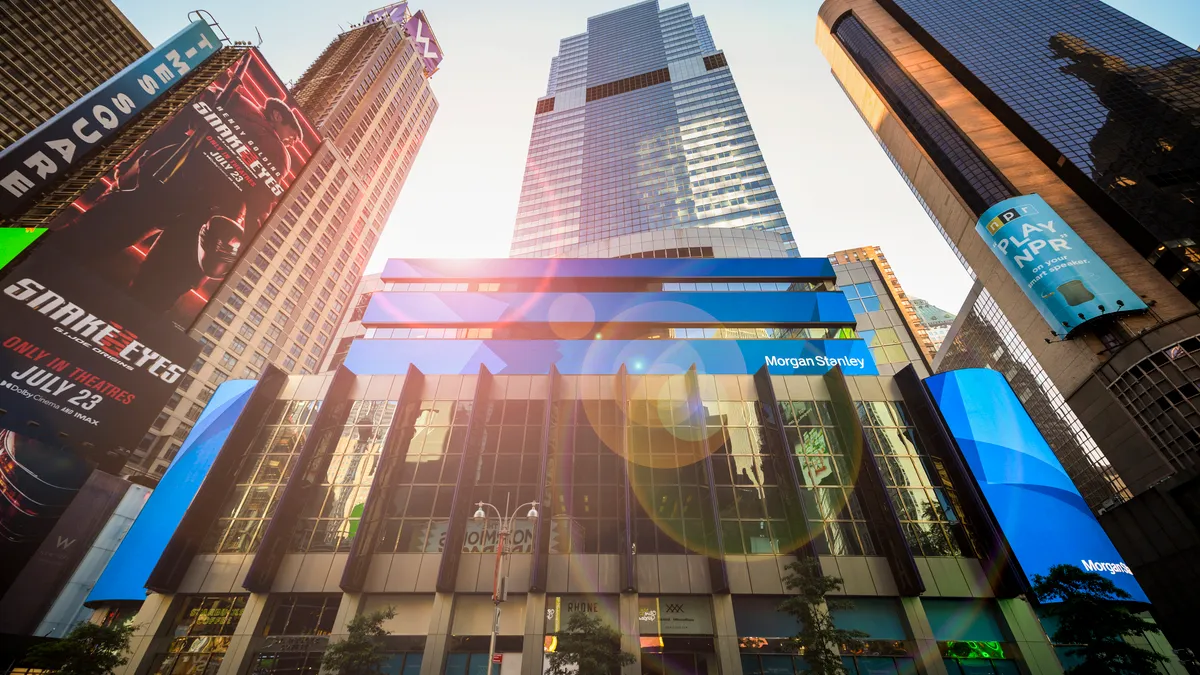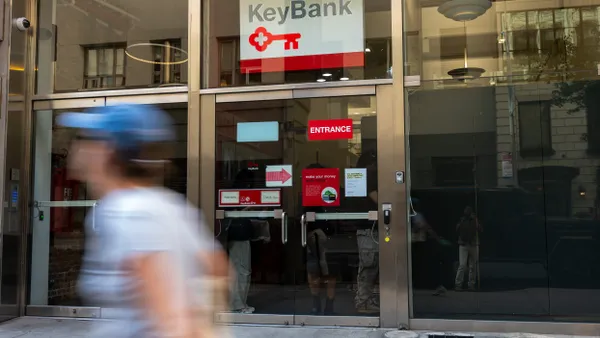Following an overhaul of Citi’s wealth strategy, the marketing efforts to elevate and grow the business have gotten a refresh, too.
Under Chief Marketing and Content Officer Alex Craddock, who joined Citi just over a year ago, the bank has restructured its marketing department to better support its broader vision, and hired for several new marketing roles, including a head of wealth marketing, a head of banking and markets marketing, a head of sponsorships and partnerships, and a head of marketing innovation, he said.
New York-based Citi has doubled down on growth in its wealth segment, which had struggled in the past but has become a key piece to improving the bank’s business mix by adding more fee-based revenue. Andy Sieg joined Citi in 2023 as head of wealth, and the lender has leaned into improving productivity and taking advantage of its global footprint to expand the business.

Craddock pointed to wealth as an area ripe for opportunity when it comes to reinvigorating the bank’s brand. With its marketing efforts, Citi aims to think about its brand more holistically and make sure business marketing is aligned with the broader brand strategy, Craddock told Banking Dive last week.
Content also falls under Craddock’s purview, and the approach there has changed, too.
“We're not just producing content and putting out a 50-page white paper,” he said. “We're really thinking a lot more strategically” about content format, distribution, and ensuring content creators are working closely with Citi’s business units, “to ensure that we're stitching together the macro thought leadership with very specific content for businesses on how you can act on that thought leadership,” he said.
Editor’s note: This interview has been edited for clarity and brevity.
BANKING DIVE: What have been your priorities since taking on the role a little over a year ago?
ALEX CRADDOCK: We unified a fragmented marketing team: Business marketing was embedded in the businesses, enterprise marketing was centralized, and we needed to bring everybody together under me and my new role. We set the vision early on. The vision we aligned around is accelerating Citi’s growth by winning the hearts and minds of existing and prospective clients through a distinct, Citi-branded client experience. That came about through a group exercise that we did to narrow down, what is it that we want to set as our North Star for the new team?
So much of marketing is an experience. It's not one touch point. It's how you screw together different touch points, and, importantly, how you string those touch points together as a complement to what other partners in the business are doing, like sales, customer service or people in branches. We needed to think about that experience holistically.
How does marketing aim to support the bank’s push to grow its wealth business?
With Andy Sieg coming in, laying out an exciting vision and an impressive business strategy for wealth, it was evident that if we were going to support that, we needed to unify our wealth marketing under one leader. So we now have a new head of wealth marketing who started recently, Patty Sachs.
We see opportunities to reenergize the brand, and wealth is a great example. We recognized, as we were bringing all the individual parts of the wealth business together, we needed to develop a new proposition and a new brand platform to launch that proposition to market. So we reposition wealth in the minds of our clients and ensure that it meets the business that we are today, and not some perception of who we were in the past. We did a lot of work when I came in through last year, to really understand our clients’ needs, understand our landscape and identify a client audience that is the right kind for Citi to go after, and build a proposition and a platform to reach them.
Who is that audience?
What we’ve called the world’s change-makers. When you look at what exists today, a lot of wealth is around wealth preservation or a focus on retirement. The world change-maker audience is focused on wealth creation, and often multigenerational wealth creation. They’re often international in the way they live their lives, but also in business. Given our unique global footprint – 180 markets around the world – we are probably best-suited to serve a client of that type.
What else has changed about the wealth marketing strategy?
It's thinking about marketing as much more of a strategic business driver and growth accelerator than it has been in the past, which was very much about events and loyalty to existing clients. That’s a really important pillar, but I think there were many pillars around that that we weren't activating. We didn’t do an awful lot in paid media, our email marketing probably wasn’t as sophisticated, or we weren’t thinking about cross-sell. That's where a much more data-driven approach to marketing is important.
We’ve identified wealth as a business but also a subbrand – that’s a big difference. Before, wealth was fragmented: there was Citi Private Bank, we had Citigold and Citigold Private Client, and we had Citi Global Wealth at Work. But we never really thought about the three together. We never thought about that continuum of wealth and how we can align our wealth businesses around this new target audience we've identified.
Also, making sure that through the marketing, we're telling the story. The great work that’s been done to redesign our wealth business, redesign our product and solution offering – that's a story that needs to be told to existing clients, but also prospective clients, so we're positioning wealth the right way relative to our peer set around the world.
How is artificial intelligence or machine learning being integrated into marketing?
We’re focused on three key priorities. One is around content creation, and how we can start to accelerate creation of written and visual content. The other is around personalization: how can we use AI to personalize content, whether that’s for specific client segments, or how we personalize, for example, our credit card marketing real-time? That can be accelerated with [artificial intelligence]. The third is around validation. We are producing a vast amount of content across the firm. It's hard for humans to make sure it is all on-brand. We can use AI to do that validation and make recommendations as to how we might want to augment certain aspects of our content to make sure that it is consistent with brand guidelines. The other part we’re exploring is compliance approvals: how do we accelerate the speed at which we are getting compliance approval for content, by using AI to do a lot of that heavy lifting for us?
As a firm, we’ve invested a lot in AI platforms, large language models. We have some desktop tools that we’re using that are helping us draft content, summarize content. What we are exploring in marketing is, how can we build agents on top of large language models to help us do some of those jobs? We're building the expertise and knowledge in-house, but we're complementing that with third-party AI solutions where it makes sense, because they bring something distinctive that we couldn't build ourselves, or it would take too long to build.
I keep encouraging the team to think about our AI in marketing as human-plus-AI is always going to be greater in the future than just a human or just AI. That helps eliminate some of the fear that inherently gets driven by AI, but also excites people around the opportunity.





















